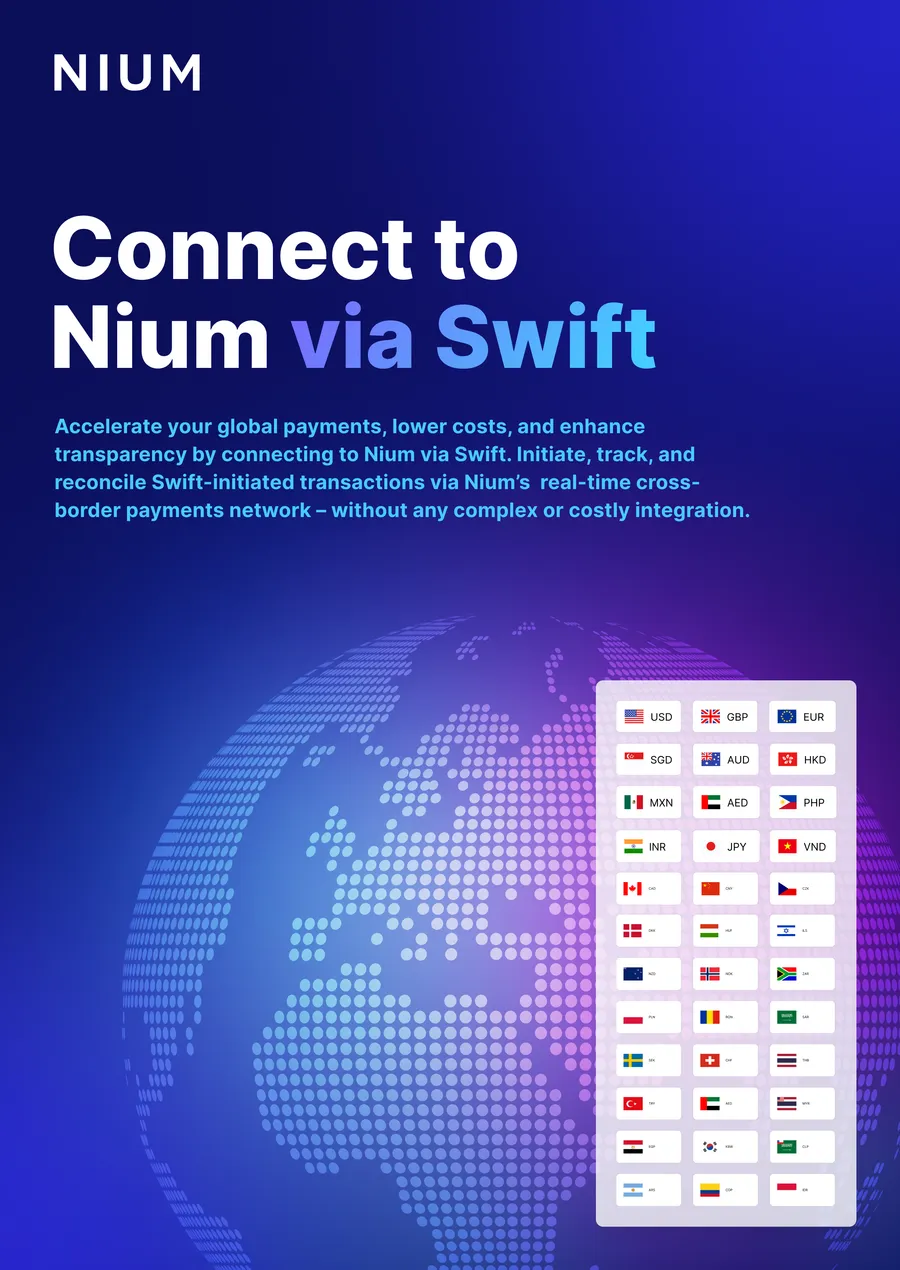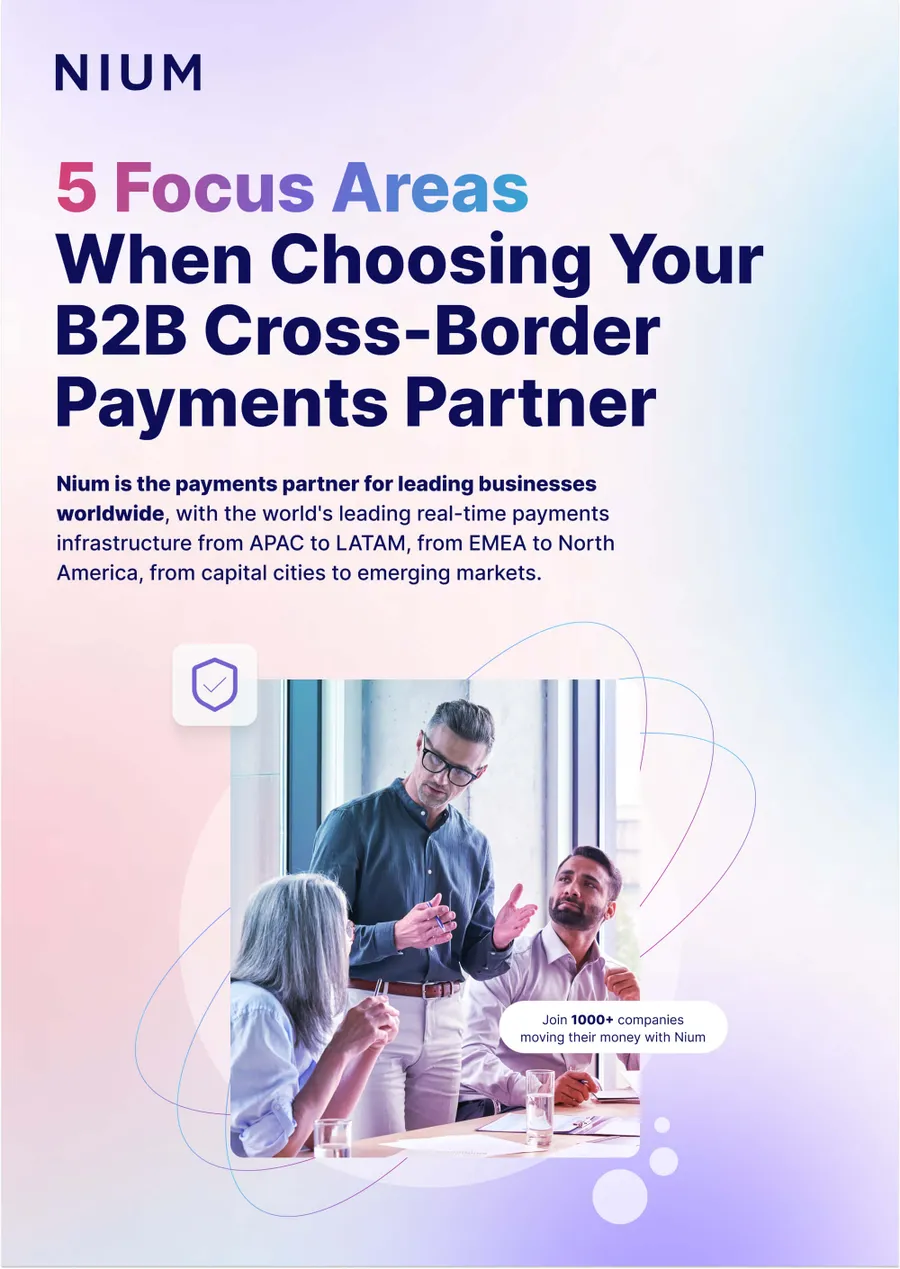The future of finance is embedded, but what does that mean? Embedded finance is when a non-financial company integrates financial services into their customer engagement platform. Since the pandemic, many retailers have already made the shift to opening online stores as buyers want to shop from the comfort of their homes.
Embedding payments and other financial services within customer engagement platforms can enable businesses to offer customers a seamless shopping experience that is convenient, secure, and quick. Meanwhile, customers are empowered with the ability to buy online without having to go through the frustrating data entry of bank details and verification checks.
Rather than solely focusing on the “sale” aspect of the transaction, embedded financial services deliver a higher level of engagement and helps create customer stickiness. Depending on the business, revenues can increase by up to 5 times based on market research. This is especially beneficial for the financial well-being of small businesses trying to grab a bigger share of the market; not only can they cater to the underserved segments, but also build international sales.
Benefits of Adopting Embedded Finance:
Accelerating e-commerce momentum and a preference for a cashless society has made embedded finance an avenue towards new customer engagement opportunities, but it’s important to remember that it is not a technology, but rather a business model. The benefits include:
- Building brand stickiness and new revenue streams: By embedding core payments capabilities within their engagement platform, businesses can focus on making the payment experience simple to improve customer retention and engagement. Thus, delivering a better digital experience to customers, and motivating them to spend more in an expanded set of products or services being offered by the business under the same digital platform “ecosystem”.
An example of this are ride sharing services such as Uber and Lyft. Starting as a ride sharing service, Uber not only grew geographically, but also made their super-app “sticky” with expanded services including food and grocery deliveries. Uber drivers can even finance their vehicles through Uber Finance – every mile driven is used to pay back the loan amount.
Similarly, tech giants – Amazon, Apple, Facebook, Google, and others, have embedded financial services with their platforms, particularly payments, to help their users easily avail core-to-business (or non-core) products and services. Thus, ensuring customer retention and stickiness. Telecom providers, such as Jio in India, have also embedded financial services within their digital platform to simplify buyer-seller interactions.
- Making B2B transactions simple, seamless and, scalable: Embedded finance helps streamline many different functions such as payroll, account payables and receivables, corporate cards, virtual accounts and others. Cutting down the pressure on the operations team, it allows businesses to increase cash flow, and even cut down on B2B transaction losses due to currency fluctuations. This is one of the contributing reasons why the global embedded finance market is forecasted to reach an estimated $7 trillion by 2030 according to UK venture investment firm Anthemis.
- Availability of newer payment options: Retailers can boost sales by offering newer and emerging payment options such as buy now, pay later (BNPL) – proven incentives known to attract a larger customer volume. In fact, a recent study conducted concluded that 42% of Gen Z and 69% of millennial shoppers are more likely to buy if a BNPL option is available.
How Does Embedded Finance Support Financial Inclusion?
Financial inclusion has made progress in recent times, but there’s still a long way to go for this sustainable development goal identified by the World Bank to be fulfilled. Despite 1.7 billion adults globally remaining unbanked, two-thirds own a mobile phone capable of providing access to financial services. Many underbanked people continue to order essential and non-essential products and services from digital commerce platforms but pay through cash. Not only are these people missing out on superior buying experiences, they are also unable to access the rewards and offers available when paying through digital modes, making a strong case for embedded payment as step one towards driving customer engagement and stickiness.
Alipay, AmazonPay, Apple Pay, and GooglePay – are just a few examples of digital platforms that started by embedding payments and then eventually added on other financial services. Even Whatsapp, the messaging and voice-over-IP service, is embedding payments within its platform to grow businesses reach and acquire more customers that remain unbanked or underbanked. Other use cases of embedded finance enabling financial inclusion are edtech for loans and tuition payments, ecommerce offering digital wallets and supplier financing, proptech offering embedded loans and insurance, and enterprise solutions with banking services and payroll solutions.
How Can Nium Help?
Nium, using its robust platform capabilities, help clients embed financial services to boost revenue streams, expand client acquisition, and expand business reach. Unlocking immense potential for businesses, they can create product/service stickiness and grow customer loyalty without having to build a financial ecosystem from scratch. As adoption of financial services continue to evolve, and increase, Nium helps businesses extend financial inclusion in order to cater to new and existing customer segments, across geographical boundaries, while maintaining compliance with domestic and international regulatory frameworks.
By embedding access to financial services within their digital customer engagement platforms, businesses can invest more efforts in building products and services tailored to match customer expectations; the growth in sales and profits are simply a perk that goes hand-in-hand for our clients. Want to explore what embedded finance can do for your business? Schedule a call with our team today!



.png@webp)

.png@webp)
.png@webp)
.png@webp)




